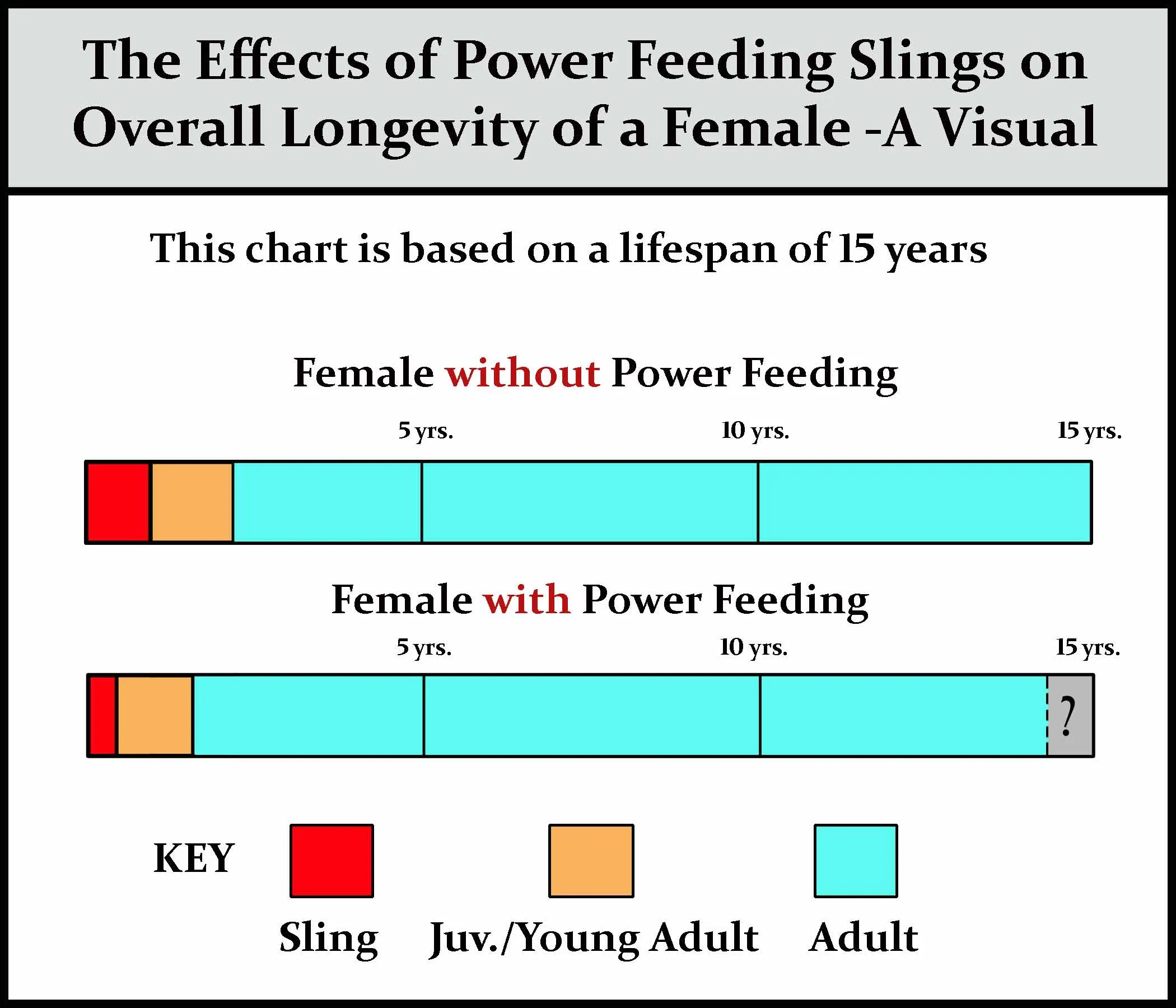Understanding Tarantula Feeding Needs
Feeding a tarantula is a crucial aspect of its care, directly impacting its health, growth, and longevity. Providing the right nutrition and adhering to a suitable feeding schedule are paramount to ensure your eight-legged friend thrives. Tarantulas, being obligate carnivores, primarily consume insects in the wild. When in captivity, replicating their natural diet and feeding habits is essential. This guide delves into the nuances of tarantula feeding, offering actionable tips to ensure your pet receives the best possible care, encouraging healthy development and growth.
Why Power Feeding Matters
Power feeding, while a debated topic, refers to providing a tarantula with an increased amount of food to accelerate its growth. This practice can be particularly useful for spiderlings and juvenile tarantulas, where faster growth can mean reaching maturity sooner. However, it’s important to approach power feeding with caution. The goal is to optimize growth without compromising the tarantula’s health. Proper power feeding requires careful observation of the tarantula’s condition, the size and frequency of meals, and the overall well-being of the animal. When done correctly, power feeding can help a tarantula grow bigger and faster.
Risks of Overfeeding
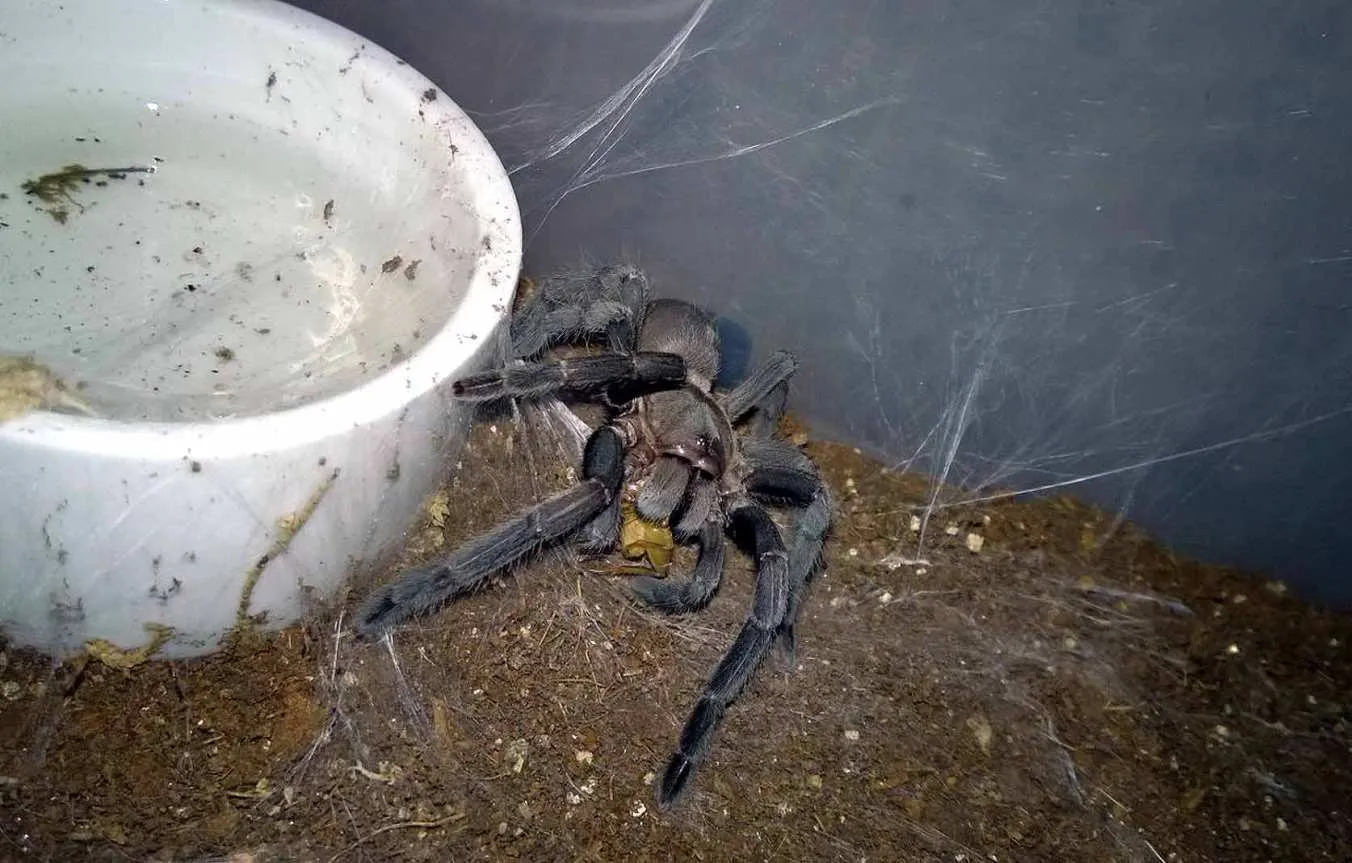
Overfeeding a tarantula poses significant risks. The primary concern is obesity, which can lead to health problems and a shortened lifespan. Overfed tarantulas may have difficulty molting, as the process requires them to contort their bodies, and excessive weight can hinder this. They can also become less active and more lethargic. Overfeeding can also cause the abdomen to grow disproportionately large, potentially leading to ruptures, a serious and often fatal condition. Careful monitoring of the tarantula’s abdomen size and feeding schedule is essential to mitigate these risks, so that you avoid health issues.
Top 5 Tarantula Feeding Tips
Tip 1 Offer a Variety of Prey
A diverse diet is key to a healthy tarantula. Relying on a single type of prey can lead to nutritional deficiencies. Offering a range of insects provides a broader spectrum of nutrients, ensuring your tarantula receives a balanced diet. Crickets, mealworms, dubia roaches, and even small hornworms or silkworms can be excellent choices. The type of prey available often depends on your location. The best practice is to rotate the food sources to ensure the tarantula gets all the proper nutrients. This can also help keep your tarantula interested in their food and can help prevent them from becoming picky eaters.
Choosing the Right Prey
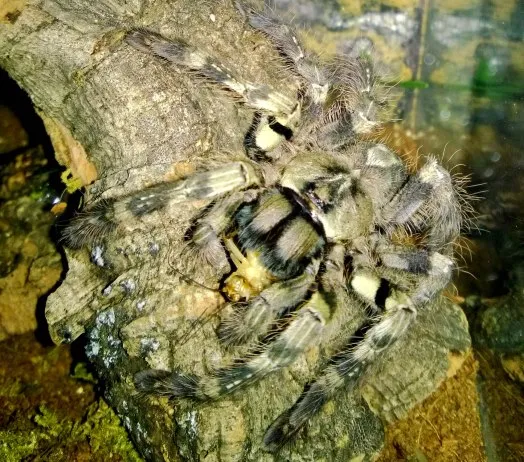
When choosing prey, consider factors such as nutritional value, availability, and ease of care. Crickets are readily available but may not offer the same nutritional profile as roaches or worms. Roaches are a good choice for a high-protein diet. Worms are also a great choice, but can contain a lot of fat. Always ensure the prey is healthy and free from pesticides. It’s often best to purchase prey from reputable sources, or breed your own. This gives you better control over their diet, ensuring they are healthy and safe for your tarantula to eat.
Prey Size Matters
The size of the prey should be appropriate for the tarantula’s size. A general rule is to offer prey that is no larger than the tarantula’s body. For spiderlings, smaller prey items like flightless fruit flies or pinhead crickets are ideal. As the tarantula grows, you can gradually increase the size of the prey. Overly large prey can stress the tarantula and pose a risk of injury. Be mindful of the tarantula’s willingness to eat, especially after a molt; they may have a decreased appetite and should not be forced to eat.
Tip 2 Feeding Frequency
The feeding frequency depends on the tarantula’s age and growth stage. Young spiderlings require more frequent feedings than adults, as they are in a rapid growth phase. It’s important to understand the feeding needs of the spider at different points of its life cycle, and adjust accordingly. This approach is not about overfeeding, but about matching nutrition to the tarantula’s needs.
Feeding Schedule for Spiderlings
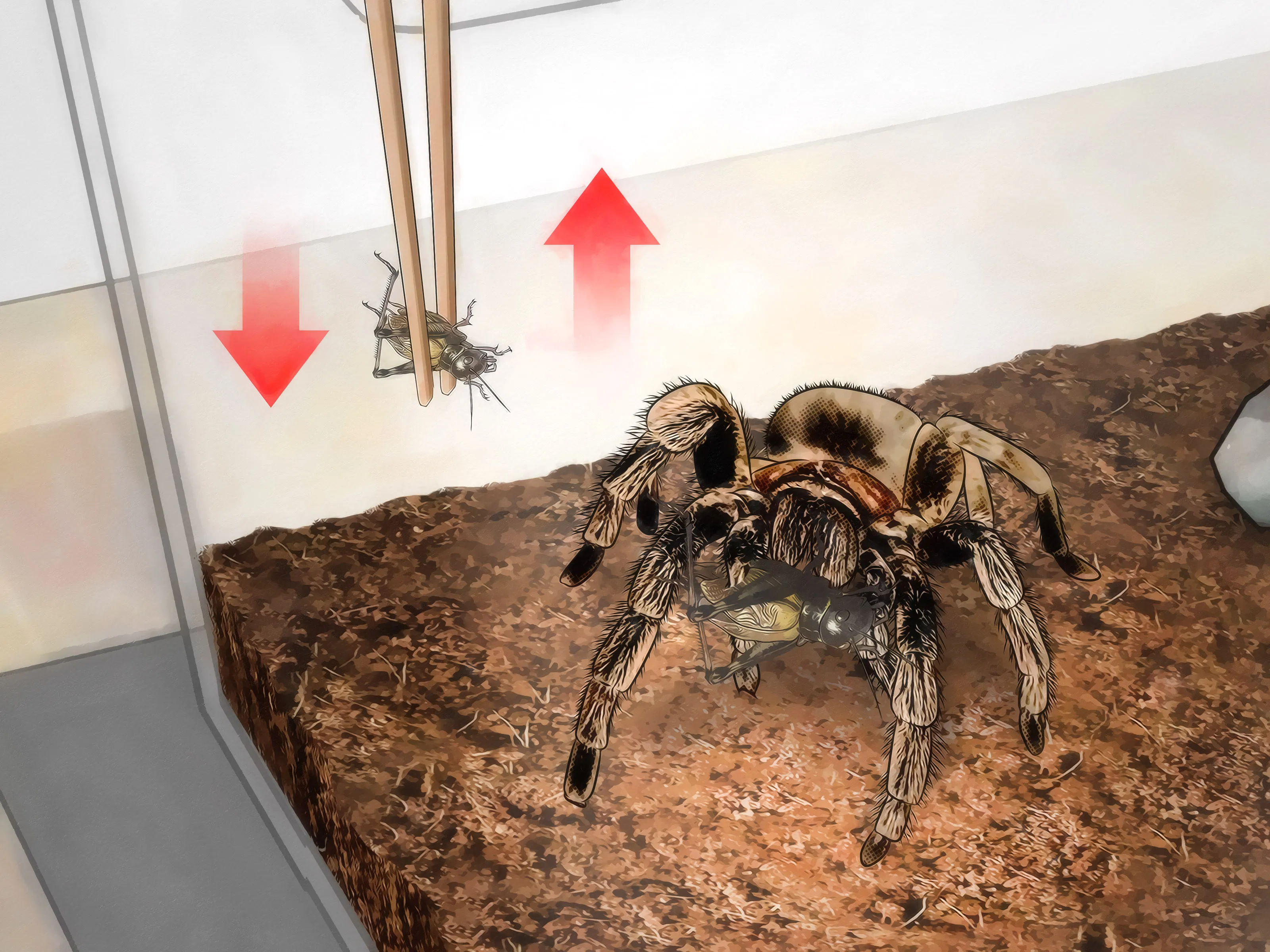
Spiderlings, especially those in their early instars, should be fed more frequently. Offer food every other day or every day. Small, appropriately sized prey is crucial to ensure they can easily capture and consume their meals. Remove any uneaten prey after 24 hours to avoid stressing the spiderling. This frequency supports the rapid growth phase of spiderlings. This is also a good way to make sure your spiderlings are healthy and are not going through any issues that might prevent them from eating.
Feeding Schedule for Adults
Adult tarantulas require less frequent feeding. Once or twice a week is generally sufficient. Monitor the tarantula’s abdomen; if it appears overly plump, reduce the feeding frequency. Some adult tarantulas may also go for extended periods without eating, especially around molting. Never force an adult tarantula to eat if it’s not interested. This behavior is normal for adult tarantulas, especially during molting cycles.
Tip 3 Proper Prey Handling
The way you handle prey impacts your tarantula’s health. The health of the prey is directly related to the health of your spider. Prior to offering prey to your tarantula, ensure it is healthy and free from parasites or diseases. Ensure the insects are fresh, and have not been exposed to any harmful substances. Proper preparation can significantly enhance your tarantula’s nutrition.
Gut Loading Prey
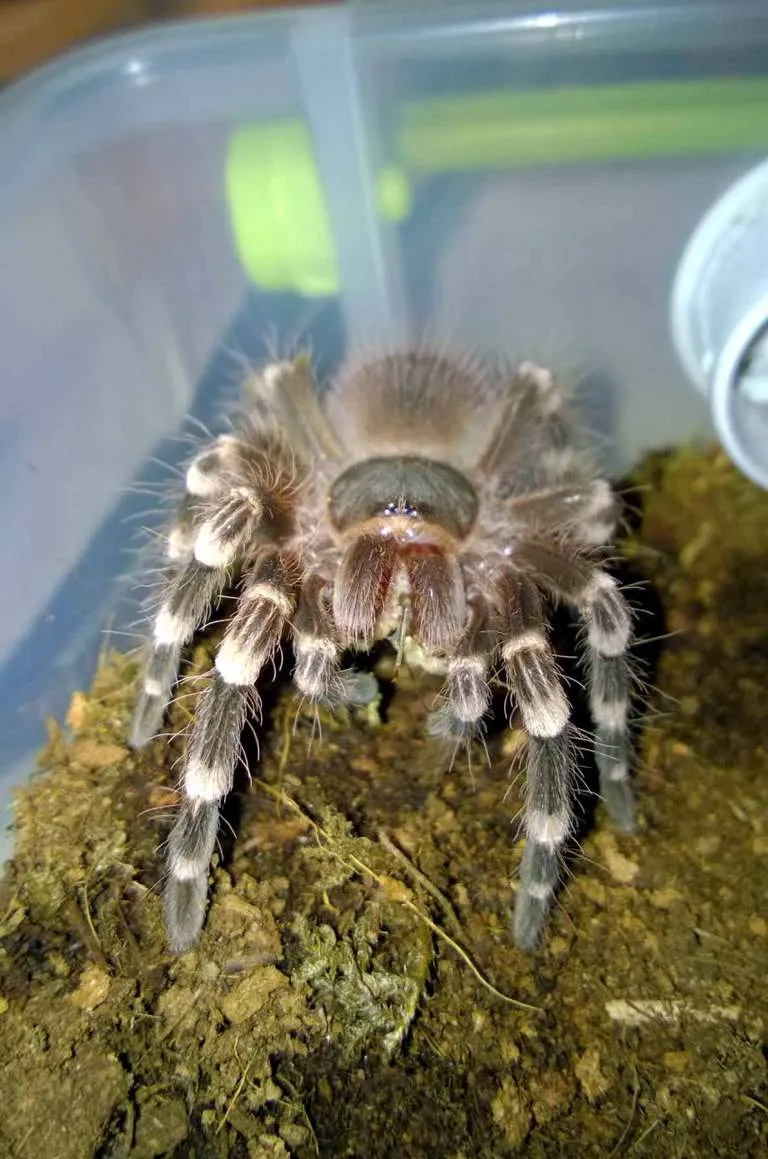
Gut loading involves feeding the prey nutritious food before offering it to your tarantula. This enhances the prey’s nutritional value, passing these benefits to your spider. Feed the prey a high-quality diet rich in vitamins, minerals, and protein for at least 24 hours before feeding them to your tarantula. This ensures the prey is packed with essential nutrients, maximizing the nutritional benefits for your pet. Common gut-loading foods include vegetables, fruits, and commercial gut-loading products. It’s a great way to make sure your spider gets a great nutritional boost.
Prey Preparation
For some tarantulas, especially those that are more docile or those that may not be experienced hunters, it can be beneficial to prepare the prey. Crushing the head of crickets or lightly crushing mealworms makes it easier for the tarantula to subdue and consume them. However, this is not always necessary, and some tarantulas prefer the challenge of hunting live prey. Ensure that you’re offering a variety of prey and that you’re paying attention to what your tarantula is comfortable with.
Tip 4 Monitoring Your Tarantula
Regular observation is crucial to understanding your tarantula’s health and feeding needs. Being able to interpret your tarantula’s behavior is vital for ensuring their well-being. Observe how they move, eat, and behave. This will help you adjust their diet. Recognizing signs of a healthy tarantula versus one that may be over or underfed is essential for responsible pet ownership.
Signs of a Healthy Tarantula
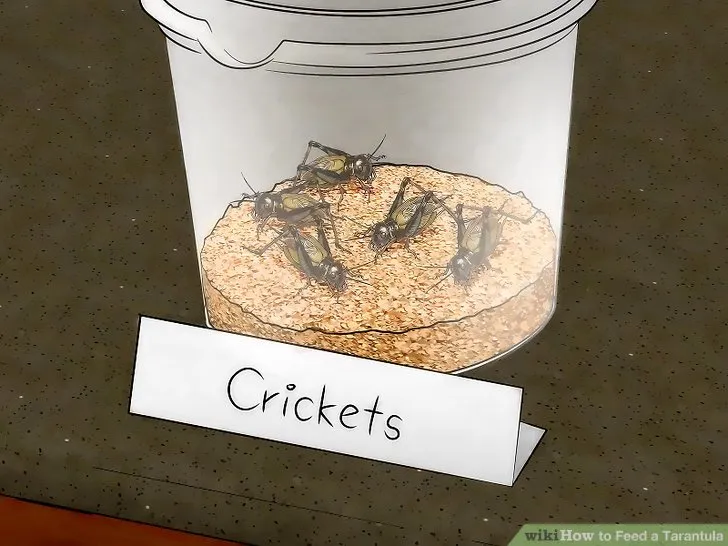
A healthy tarantula is typically active, alert, and has a plump abdomen, which should be proportionate to its body size. It should readily accept food and display a healthy appetite. The tarantula’s legs should be intact, and it should move with ease. The exoskeleton should appear clean and without any signs of injury. If the tarantula is about to molt, you might notice a change in behavior, such as spending more time hiding or not eating. Molting is a natural process and a good sign of growth. Check your tarantula’s enclosure regularly for any signs of distress or illness.
Signs of Overfeeding or Underfeeding
An overfed tarantula will have a significantly large abdomen that appears distended and can affect its ability to molt. Overfeeding can also lead to health issues, like an inability to move easily. An underfed tarantula will have a noticeably small abdomen and may appear lethargic. It may also have trouble molting. If you observe either of these conditions, adjust the feeding schedule and consult with a veterinarian specializing in exotic pets for advice. Regular observation of the tarantula will let you be proactive about the health of your pet.
Tip 5 Providing Fresh Water
Clean water is just as important as a proper diet. Fresh water is essential for tarantulas, and it should be available at all times. Water is critical for maintaining their health, and it helps them molt properly. It’s one of the simplest, but most important, things you can provide your tarantula.
Water Bowl Requirements
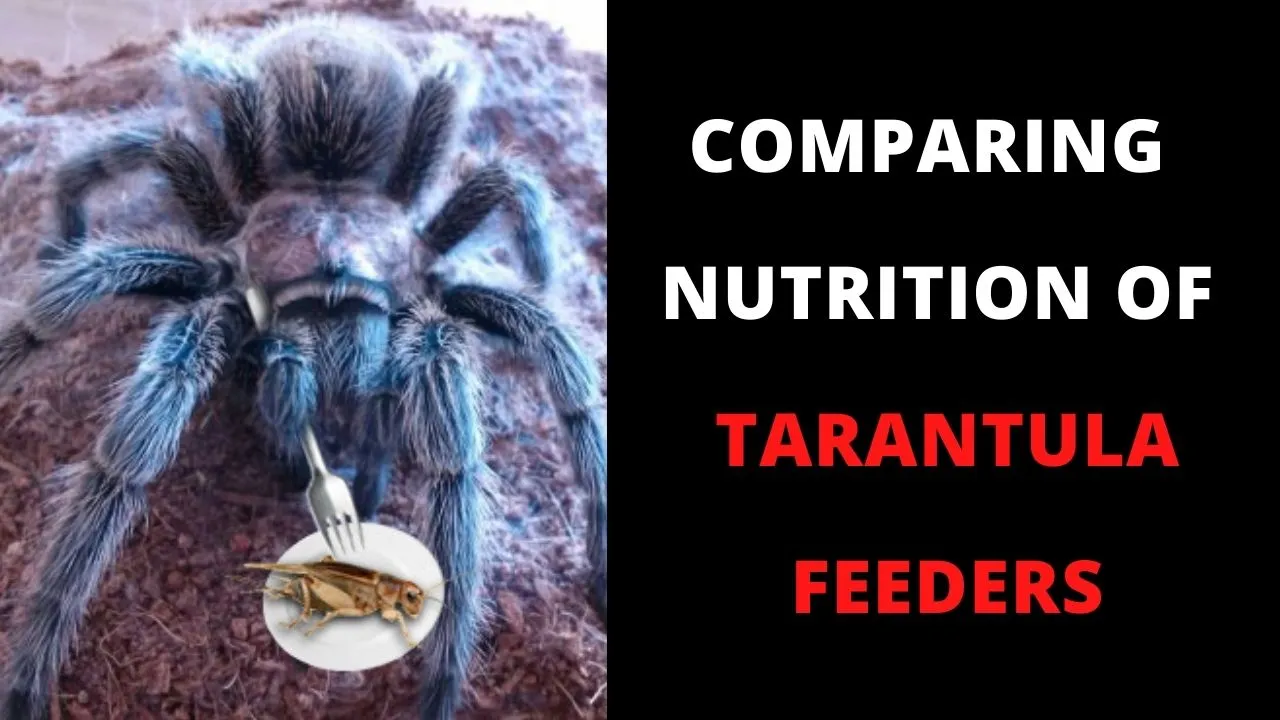
Provide a shallow water bowl, which is easily accessible. The bowl should be appropriately sized and stable to prevent spills. The bowl should not be too deep, as this can pose a drowning risk, especially for smaller spiderlings. Consider using a water dish designed for reptiles or small animals. Choose a dish that is easy to clean and does not pose a risk of your tarantula becoming stuck or trapped.
Water Quality
Change the water regularly, ideally every day or two, to prevent bacteria and mold growth. Use dechlorinated water, as chlorine can be harmful. You can use bottled water or allow tap water to sit for 24 hours to allow the chlorine to dissipate. Keep the water bowl clean to prevent the accumulation of dirt, shed exoskeletons, or other debris. By consistently providing fresh, clean water, you ensure your tarantula remains hydrated and healthy.
Conclusion
Feeding your tarantula is a fundamental aspect of responsible pet ownership. By understanding their nutritional needs, offering a diverse diet, following a suitable feeding schedule, and monitoring their health, you can ensure your tarantula thrives in captivity. Remember to adjust feeding practices based on the tarantula’s age, species, and individual characteristics. The goal is to provide the best possible care, ensuring your pet lives a long, healthy, and fulfilling life. By following these feeding tips, you can create a thriving environment for your tarantula, creating a thriving life for them.
